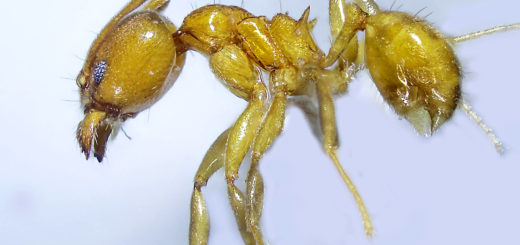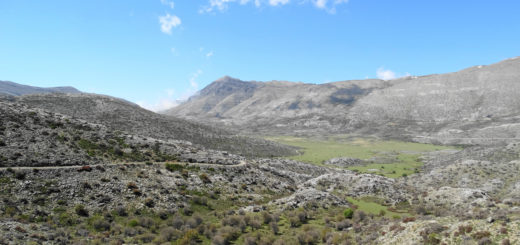The Amazon Forest can still keep secrets from us

In the recent paper “Igaponera curiosa, a new ponerine genus (Hymenoptera: Formicidae) from the Amazon” published in the European Journal of Taxonomy, Adrian Troya, Frederico Marcineiro, John Lattke, and John Longino describe a new ponerine genus including its type species. The genus is apparently arboreal. The only known location for the genus is the seasonally flooded Igapó forest near Manaus, Brazil. Prior to this study, no additional specimens of this genus had been gathered in more than 40 years, despite the fact that researchers frequently visited the collection location. Here, Adrian Troya, Frederico Marcineiro, and John Lattke answer some questions about this new genus and share some pictures of the work behind this study.
An Interview compiled by Byounghoon Kang, Patrick Krapf, and Lina Pedraza

MNB: Could you briefly outline the research you published in the European Journal of Taxonomy in layman’s terms?
FM: This research began with a study of all the species of ants in the genus Pachycondyla (Smith, 1858) known from Brazil. One of these species was described as Pachycondyla curiosa by William and Emma MacKay in a study published in 2010. While reading their description, we found this ant was completely different from the expected Gestalt of Pachycondyla ants. Its description is based on a single specimen, and the accompanying figures did not have the details we needed to accurately contrast the ant’s body features with other potentially related species. We tracked down the location of this ant in the Natural History Museum of Los Angeles County and requested some pictures. The head curator and technician graciously helped us. The images confirmed our suspicions that the specimen was completely different from any other Pachycondyla. We compared it with representatives of other ant genera, but it did not match any; thus, we were left wondering, “Do we have an undescribed genus here?” During a research trip to the Longino Lab at the University of Utah, John Lattke and Jack Longino were able to examine the specimen. Ideally, it would be good to have more than one specimen to propose a new species, let alone a new genus, so we searched for additional specimens in other institutions hosting ant collections. We also checked samples collected from the original field site near Manaus, which are preserved at the Instituto Nacional de Pesquisas da Amazônia – INPA, but again this task was unfruitful.
Our study of the relationships between the ants most closely related to the specimen (Subfamily Ponerinae) reinforced our hypothesis of its distinctiveness and guided us to propose “Pachycondyla curiosa” as a new genus. The name we came up it was “Igaponera”, a homage to the location where the specimen was found, the Amazonian Igapó habitat. In the Amazon biome, Igapós are blackwater, seasonally flooded forests; such swampy regions get inundated for several months when the river levels rise.
MNB: What is the take-home message of your work?
FM: I think the message here is that our biodiversity is vastly unknown yet, especially in the Amazon Forest. Although much research has been conducted in the vicinity of the site where this ant was collected in the 1980s, not a single other specimen has been collected or much less studied by a myrmecologist. During the search for more specimens, we even looked at specimens that could be confused for Igaponera, such as Gnamptogenys, due to their similar ribbed sculpturing.
The immense size of the Amazon, its richness and complexity, still offers opportunities for significant discoveries of new biota. We encourage our colleagues working in the Amazon (and perhaps also in the Guiana Shield region) to procure more of these ants. Maybe, not only during the process of finding more Igaponera curiosa, but we also end up finding more about the Amazon itself, including other yet undescribed fauna and flora. A task that is made more urgent as the pace of deforestation and bushfires intensify in this region. Field work, or as Ed Wilson proposed it, “Biodiversity research requires more boots on the ground”, is another important point here, as much as maintaining natural history collections where these treasures are deposited. It is only because Dr. Joachim Adis collected this ant and later deposited it in an institutional natural history collection years ago that we are now able to recognize another piece of Amazonian biodiversity and another branch in the ant tree of life.
Picture of Dr. Joachim Adis (1950-2007), collector of the ant, with a field assistant taking pictures in an igapó of the Amazon region. Image courtesy of Dr. Hubert Hoefer.

Picture of an Amazonian igapó forest, the habitat where the ant Igaponera curiosa was collected. Courtesy of: Dr. Rodrigo Feitosa.






Recent Comments